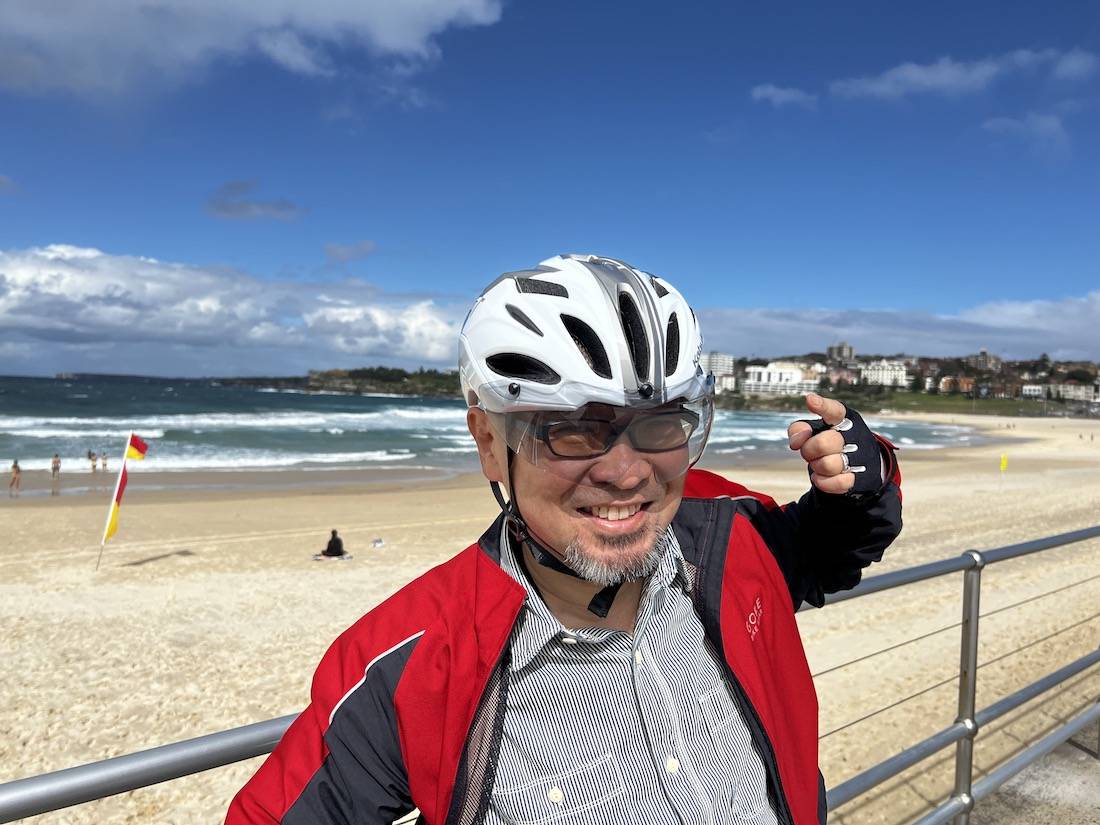Millions of cyclists zip around Japan for a range of daily needs. Work, carrying children and picking up groceries are just a few.
But while they go about their routines on two wheels, most don’t wear helmets.
That might change thanks to a revised section of the Road Traffic Act that makes wearing a helmet a duty-driven effort for people of all ages. In Japanese, the policy is called a matter of doryoku-gimu, which roughly translates to “duty of effort.”



















With your current subscription plan you can comment on stories. However, before writing your first comment, please create a display name in the Profile section of your subscriber account page.